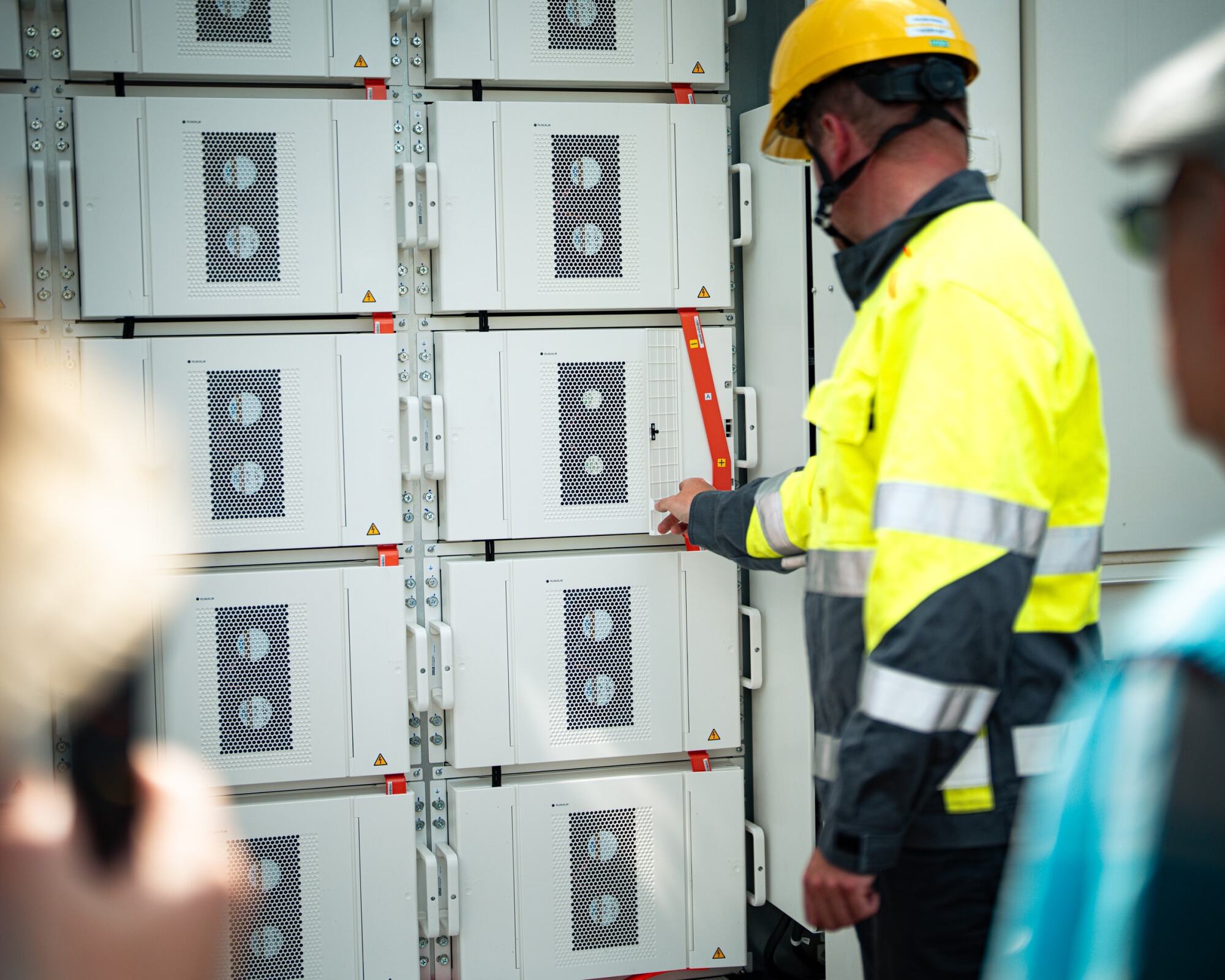Sunly has successfully passed Estonia’s transmission system operator, Elering technical tests on 30 January, enabling the company to begin offering fast frequency regulation on Estonia’s new aFRR (automatic Frequency Restoration Reserve) market. This development is a key step in the country’s desynchronisation from the Russian grid. Sunly is the first energy company in Estonia capable of providing rapid frequency balancing services using battery storage technology.
The company’s Pikkori hybrid power plant includes a 1.7 MW battery storage system, currently the largest operational battery in Estonia. It can respond to changes in grid frequency within just 30 seconds. As soon as the aFRR market opens, Sunly will be able to provide balancing services to Elering, helping to stabilise the power system and maintain the required 50 Hz frequency.
Until now, Estonia has primarily relied on the slower mFRR (manual Frequency Restoration Reserve), where reserve capacity must respond within five minutes. The introduction of aFRR offers a faster and more reliable method of ensuring grid stability.
Klaus Pilar, Country Manager in Estonia, highlighted that desynchronisation is a significant milestone for the country, bringing a greater responsibility for maintaining grid stability. He noted that Sunly’s battery storage solutions are crucial to ensure a reliable energy supply. The Pikkori battery is currently the only operational solution in Estonia capable of stabilising the grid within a short timeframe, making this a responsibility as well as an opportunity for the company.
In addition to the Pikkori battery, Sunly is investing in new energy storage projects to reinforce the electricity system and support the broader integration of renewable energy.
On the 8th of February 2025, Estonia will disconnect its power system from the Russian frequency area and transition to independent frequency management alongside Latvia and Lithuania. While this shift will enhance energy security, it also increases the need for frequency reserves to maintain grid stability.
Following desynchronisation, the Baltic energy system will require at least 109 MW of fast frequency reserves. Although Estonia has existing reserve capacities, these may not always be available when needed. This makes the development of both large- and small-scale energy storage solutions essential for the country’s energy future.
